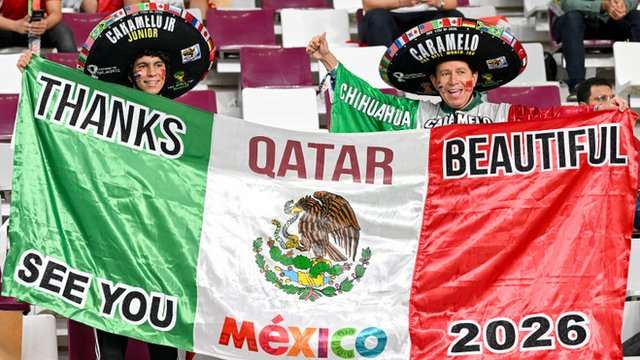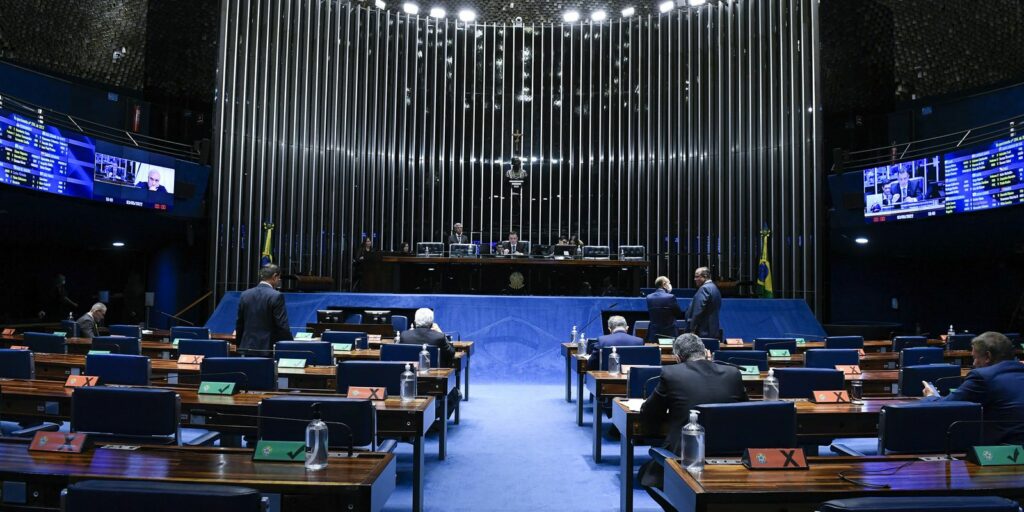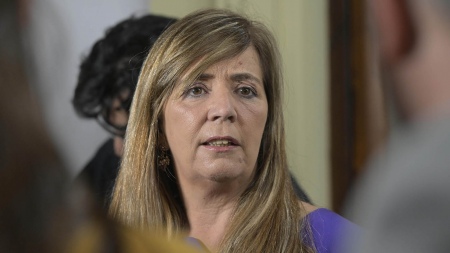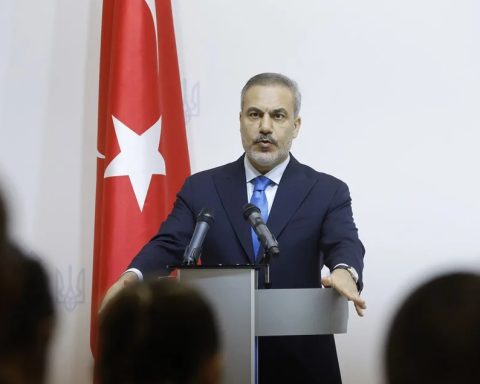December 21, 2022, 21:20 PM
December 21, 2022, 21:20 PM
Qatar 2022 will go down as the most “compact” FIFA World Cup in history, but 2026 will be very different.
While all the games this time were played within an hour of each other, the next World Cup will be played in three nations: Canada, the United States and Mexico.
And it will be an expanded competition, with 16 additional teams participating, which means there will be more matches.
The tournament will be played within five weeks from mid-June 2026 in 11 cities across the United States, along with three venues in Mexico and two in Canada.
Therefore, sustainability will be a major issue due to the considerable number of flights required to transport teams, fans, media and FIFA officials across three countries.
Why will there be more teams than ever in 2026?
FIFA is expanding the upcoming men’s World Cup finals from 32 to 48 teams. The move will generate more money through sponsorships, merchandising, ticket sales and broadcast revenue, with FIFA expecting to earn $11 billion over the four-year cycle to December 2026.
Large crowds are expected at the upcoming World Cup as the popularity of soccer in North America continues to grow.
FIFA projects that up to 5.5 million fans will attend the next tournamentsurpassing the record of 3.6 million fans who attended matches in 1994, when there was an average attendance of 68,000 people at each match.
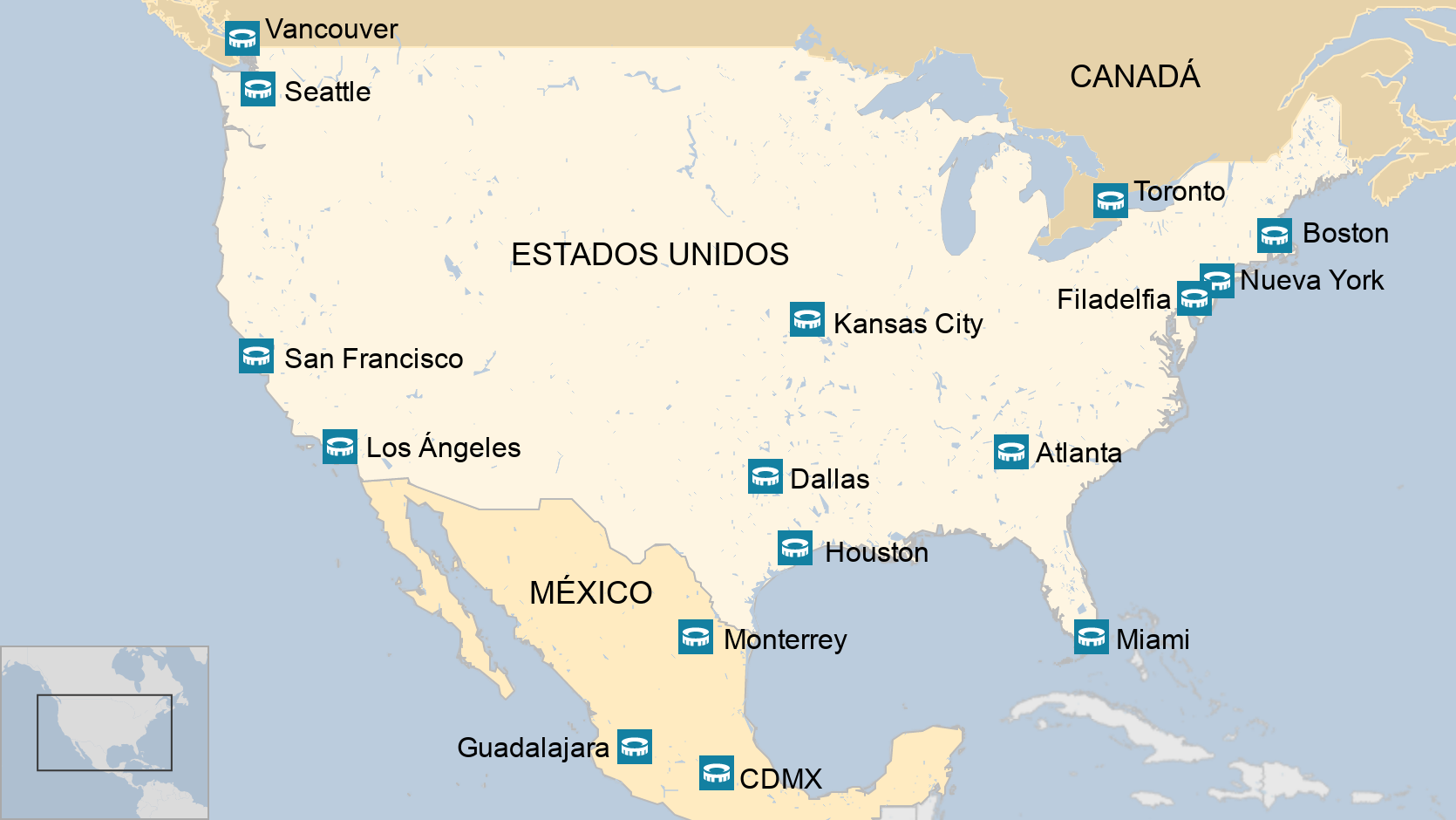
The governing body claims much of the increased profits will be redistributed for the development of soccer around the world, with projects including investments to expand women’s soccer.
The expanded format will increase the number of competing teams from Africa and Asia.
In 2022, there were 11 teams from the two confederations in the finalsincluding Qatar, which automatically qualified as the host, and Australia, which participated in the Asian qualifiers and then beat Peru in an intercontinental playoff.
In 2026, there will be a minimum of 17 teams from the two confederations, and there could be as many as 19, depending on which two countries win in the six-team intercontinental play-offs for the final.
A minimum of six Concacaf teams will qualify for the World Cup, including Canada, Mexico and the United States as hosts, and the federation will also have two teams in the play-offs.
Where will the games be played in 2026?
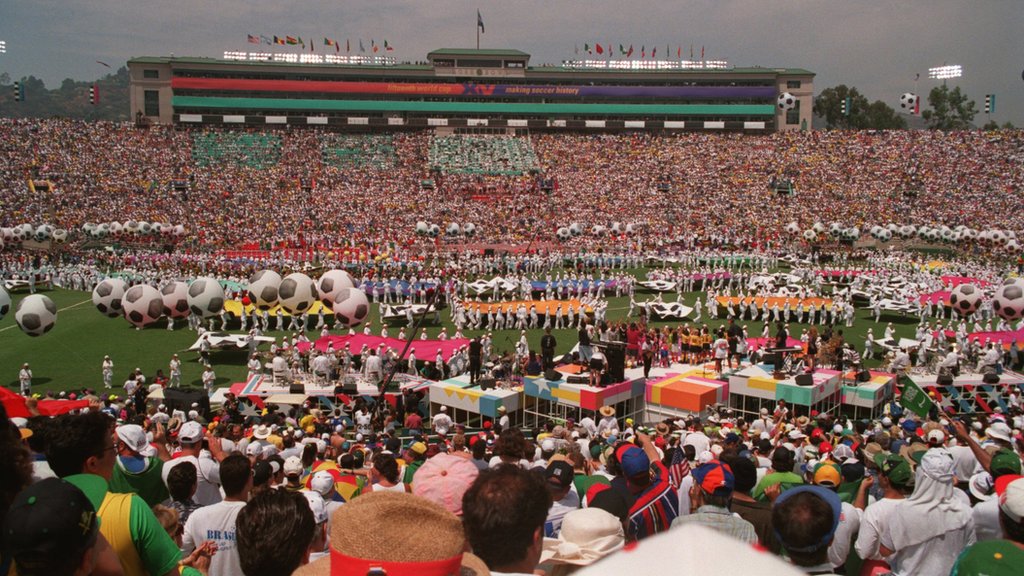
The 16 venues were announced in June, with all fields already built and most of the high-capacity ones currently being used by NFL teams in the United States.
Some of the stadiums will be upgraded before 2026 and some will require the placement of grass surfacessince FIFA does not allow artificial grass.
as is, the format for 2026 swill be played 80 matches in the entire tournament, although that could still change. The United States would host 60 games, including all games from the quarterfinals onwards, while neighbors Canada and Mexico would each host 10 games.
Both the United States and Mexico have hosted the World Cup before, but most venues in 2026 will be different. The United States does not use any of the 1994 stadiums, while Mexico only has one venue from 1970 and 1986: the iconic Estadio Azteca in Mexico City.
The host venues for 2026 are:
New York/New Jersey (MetLife Stadium)
Los Angeles (SoFi Stadium)
San Francisco Bay Area (Levi’s Stadium)
Miami (Hard Rock Stadium)
Atlanta (Mercedes-Benz Stadium)
Philadelphia (Lincoln Financial Field)
Kansas City, Missouri (Arrowhead Stadium)
Boston/Foxborough (Gillette Stadium)
Canada
Vancouver (BC Place Stadium)
Mexico
Guadalajara (Akron Stadium)
Mexico City (Azteca Stadium)
Monterrey (BBVA Bancomer Stadium)
The geographical distribution of the upcoming World Cup has not yet been announced, but it is likely that the teams will play their group stage matches in regionalized zones.
There are three main venue groups, which should help reduce the amount of travel required for at least part of the tournament.
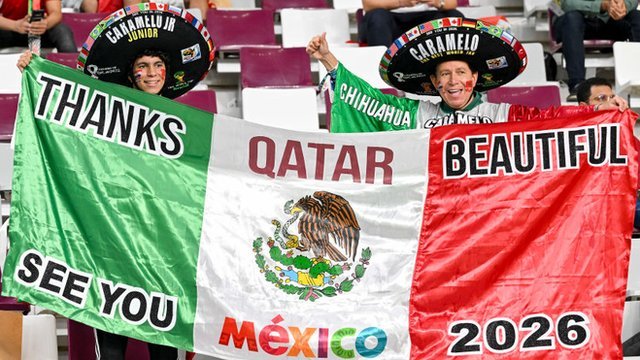
Western region:
The San Francisco Bay Area
Central Region:
Eastern Region:
How will the 2026 final be structured?
The FIFA Council will make a final decision in 2023.
The initial preferred option was to have 16 groups of three teams. Each team would play two group gamesinstead of three, and the top two teams would advance to a new round of 32.
However, the downside could be that the two teams that played in the last game could get a specific result to eliminate other teams. This is alleged to have happened in 1982 when West Germany and Austria advanced at the expense of Algeria in the so-called “Gijón dishonor”.
Given the success of the four-team group format in 2022, the structure for 2026 will be reviewed, according to FIFA president Gianni Infantino.
“I have to say that after this World Cup, and the success of the groups of four, we have to review or re-discuss the format if we go for 16 groups of three or 12 groups of four.”
The indications are that will end up being 12 groups of foureffectively divided into two halves.
Another possibility, though it seems unlikely, is that group games are not allowed to end in a draw. If the teams were level after 90 minutes, the result could be decided by a penalty shootout, without the need for extra time.
Where will the 2026 FIFA World Cup Final be played?
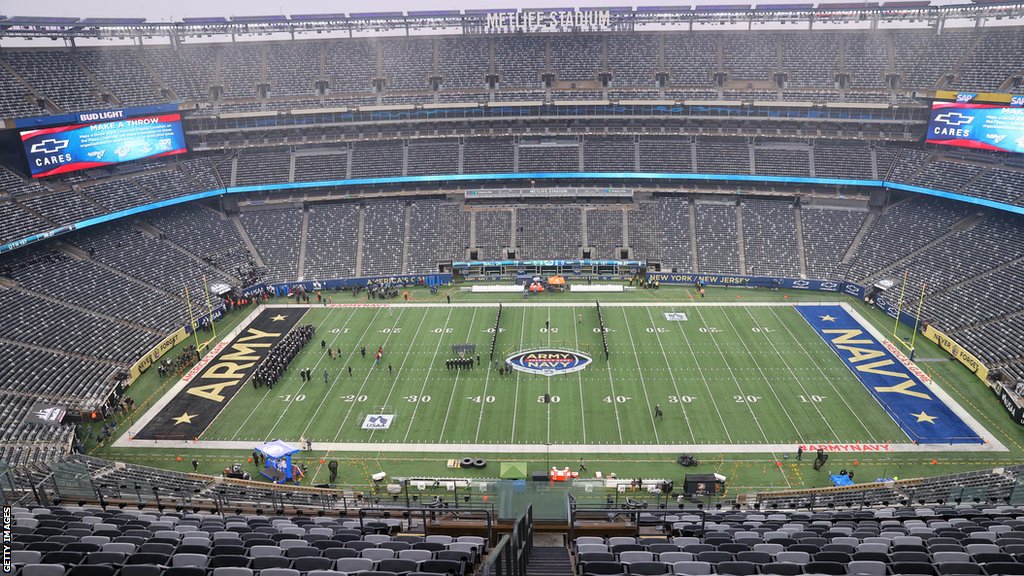
The decision on the venue for the next World Cup final is expected to be made in 2023.
The favorite to host the final is MetLife Stadium in East Rutherford, New Jerseywhich has a seating capacity of 82,500 and is home to the NFL teams New York Giants and New York Jets.
Azteca de México has been presented as a potential host for the opening match.
Both venues are candidates to host the 2026 final, but FIFA president Gianni Infantino said world soccer’s governing body will take its time making a decision.
“There are still some discussions to continue and we will certainly choose the best cities for the openings and the finals,” Infantino said.
“But every game will be like a final in this World Cup.”
That will be a special centennial event, 100 years after the first FIFA World Cup in Uruguaywhich was contested by only 13 teams.
Uruguay has claimed for some time that it should win the tournament, possibly in a joint bid with Argentina.
Spain and Portugal are hoping to be submitted by UEFA, but England dropped their interest in favor of bidding for UEFA Euro 2028 along with Scotland, Wales, Northern Ireland and the Republic of Ireland.
Saudi Arabia could be another potential bidder, though that could mean another winter tournament due to high summer temperatures in the Middle East.
The FIFA Council will make a decision on the hosts of the 2030 tournament in 2024.
Remember that you can receive notifications from BBC News World. Download the new version of our app and activate them so you don’t miss out on our best content.
